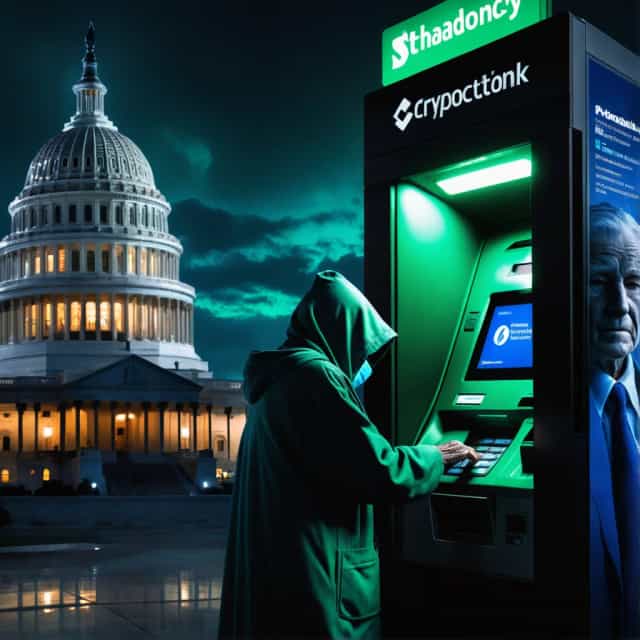
출처: Block Media
Decentralized Perpetual Futures Trading Reaches New Heights
Decentralized exchanges (DEX) specializing in perpetual futures trading are experiencing unprecedented growth, signaling a transformative shift within the decentralized finance (DeFi) landscape. Recent data from DeFiLlama reveals that on-chain perpetual futures trading achieved a record-breaking $67.1 billion in trading volume within a single 24-hour period, underscoring the remarkable momentum within this sector.
Strong Momentum in Quarterly Sector Growth
Over the past 30 days, decentralized perpetual futures trading amassed a total trading volume of $739.6 billion, according to Crypto Times' report from October 25. This figure highlights a sharp upward trajectory compared to earlier quarters, emphasizing the rapid adoption and scaling of decentralized trading platforms.
Key contributors to this surge have been platforms like ASTER, a rising star among perpetual futures DEXs, which is backed by YZI Labs. ASTER alone achieved a staggering 24-hour trading volume of $35.9 billion—more than three times higher than its closest competitor. Hyperliquid (HYPE) held the second position, recording $10.1 billion, narrowly trailing Laider, which reported $10.6 billion in trading. However, Laider’s trading data has faced scrutiny over its reliability. Other significant contributors include EdgeX, with $5.9 billion in volume, and Paradex, which registered $1.04 billion.
ASTER and Hyperliquid: Top Performers
Amid impressive trading volumes, the price performance of native tokens for leading DEX platforms has been mixed. ASTER’s token value dropped by 4.78% in the last 24 hours, settling at $2.14, with a trading volume of $2.82 billion. Similarly, Hyperliquid’s HYPE token fell by 5.85%, trading at $42.39 alongside $605.8 million in 24-hour volume, as reported by CoinMarketCap.
Despite short-term price declines, both platforms have shown dominance and resilience in the sector. CoinGecko’s Q2 2025 report highlighted Hyperliquid’s commanding market presence, with a 72.7% share and $653.2 billion in trading volume during the period, ranking it as the world’s eighth-largest exchange. Meanwhile, ASTER made notable progress by doubling its trading volume following the launch of its “Pro” trading mode, further solidifying its position within the competitive DeFi landscape.
Divergent Performance Among Decentralized Platforms
Not all decentralized perpetual futures platforms have experienced uniform growth. While RabbitX and EdgeX maintained steady upward trends in trading volume, some platforms, such as dYdX, reported significant declines. For example, dYdX’s average monthly trading volume for Q2 dropped to $5.3 billion, representing a nearly 50% reduction from January levels.
Historical trends from DeFiLlama reveal that trading volumes on perpetual futures DEXs remained stable from 2021 through early 2023 before entering a phase of exponential growth starting in mid-2024. This burgeoning volume has persisted into 2025, reflecting increasing market interest and adoption of decentralized perpetual futures trading.
Accelerating Shift Toward Decentralized Trading
The meteoric rise of platforms like ASTER and Hyperliquid underscores the broader migration of traders away from centralized exchanges in favor of decentralized options. Analysts point out that traders are increasingly drawn to DEXs due to the combination of high-leverage trading opportunities and the ability to retain full custody of their assets—capabilities that are exclusive to decentralized platforms.
This shift highlights the growing demand for secure, self-custody trading solutions that provide greater transparency and user autonomy. As the DeFi ecosystem matures, decentralized perpetual futures trading is expected to continue attracting a larger base of participants, driving innovation and solidifying its role in the financial markets of the future.










